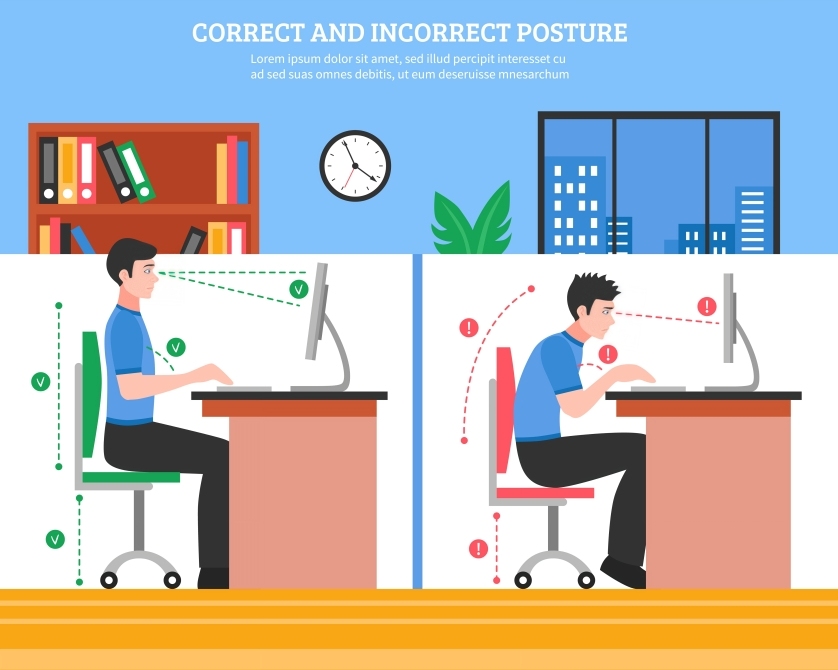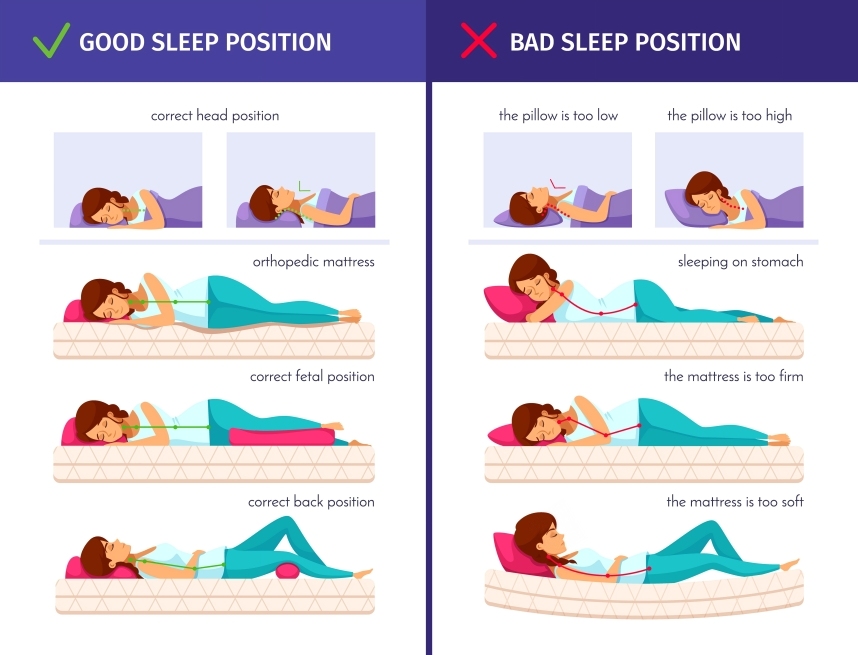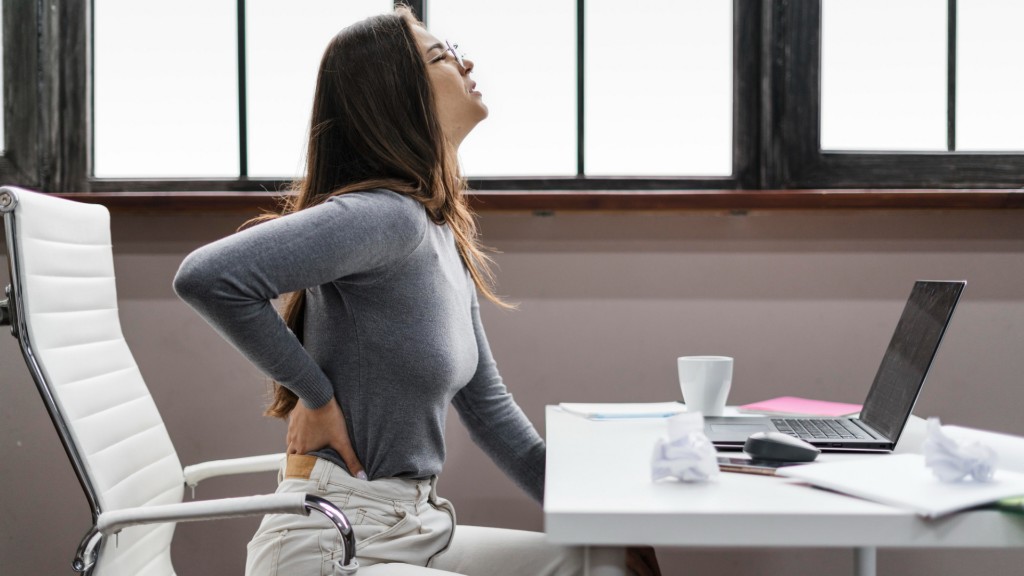Stop These 5 Lifestyle Habits Before They Destroy Your Back: As we age, back pain can feel like an inevitable part of life. But what if the culprit behind your aches isn’t just “getting older”? Often, it’s the small, seemingly harmless habits we’ve built over years that silently sabotage our spine health. The good news? With awareness and simple changes, you can prevent or even reverse much of this damage.
Let’s uncover five surprising lifestyle habits that may be harming your back—and how to fix them.
Table of Contents
1. Slouching at Your Desk

Slouching at your desk—even when you think you’re sitting up straight—can wreak havoc on your spine. Hours spent hunched over compresses the discs in your spine, strains muscles, and weakens core support, leading to chronic discomfort.
Also Read: Stay Strong Longer: 5 Fitness Habits to Build Endurance Over Time
To combat this, invest in an ergonomic chair or lumbar support cushion to maintain your spine’s natural curve. Set hourly reminders to stand, stretch, or walk around—even two minutes makes a difference. Practice “active sitting” by gently engaging your abs while seated to stabilize your lower back.
2. Ignoring Your Mattress and Sleep Position

Your bed might be sabotaging your spine without you realizing it. A mattress that’s too soft or too firm can misalign your spine during sleep, while certain sleeping positions—like curling into a tight fetal position or lying flat on your stomach—can exacerbate existing issues. “If you’re not supporting your back properly at night, you’re missing out on crucial recovery time.”
To fix this, choose a medium-firm mattress that provides balanced support for your spine. Sleep on your side with a pillow between your knees to keep your hips aligned, or on your back with a pillow under your knees for added support. Avoid sleeping on your stomach, as it forces your neck to twist unnaturally.
3. Carrying Bags Incorrectly

Carrying bags incorrectly, whether it’s a heavy purse, backpack, or briefcase, puts undue stress on your spine. Lugging weight unevenly shifts your center of gravity, causing muscle imbalances and potentially leading to scoliosis-like symptoms over time. “Think of your spine as a delicate structure—it doesn’t take much to throw it off balance.”
Also Read: Slim Your Waistline With These 7 Dumbbell Exercises for Women
To protect your back, switch to a crossbody bag or backpack to distribute weight evenly across both shoulders. Limit the weight you carry; aim for no more than 10% of your body weight. Alternate sides regularly if you must use a single-strap bag.
4. Neglecting Core Strength After 40

Many adults assume that back pain comes from weak back muscles alone, but the truth lies deeper—in your core. Your abdominal and oblique muscles act as a natural corset, stabilizing your spine and reducing strain. Unfortunately, these muscles naturally weaken with age unless actively maintained.
Strengthen your core by incorporating low-impact exercises like planks, bird-dogs, or pelvic tilts into your routine. Try Pilates or yoga classes designed to strengthen your core and improve flexibility. Focus on gradual progress rather than intensity—consistency is key.
5. Overlooking Mental Stress and Its Physical Toll

Stress doesn’t just affect your mind—it wreaks havoc on your body, particularly your back. Chronic tension causes muscles to tighten, especially in the neck, shoulders, and lower back, creating knots and restricting movement. Over time, this constant contraction can lead to long-term pain and stiffness.
Also Read: 5 Simple Daily Exercises to Maintain Lower-Body Strength
To alleviate this, practice mindfulness techniques such as meditation, deep breathing, or progressive muscle relaxation to release tension. Schedule regular massage therapy or foam rolling sessions to loosen tight muscles. Prioritize activities that bring you joy and reduce overall stress levels, whether it’s gardening, painting, or dancing.
Take Control of Your Spine Health Today
The best way to combat back pain is to address its root causes before they escalate. By tweaking these everyday habits, you’ll not only protect your spine but also enhance your overall quality of life.
Remember, prevention is always easier than correction. Start small—swap out your old mattress, set a timer to move throughout the day, or try a beginner-friendly core exercise. As Dr. Carter reminds us, “Small changes compound over time. Every step you take toward better spine health is a step toward living pain-free.”




